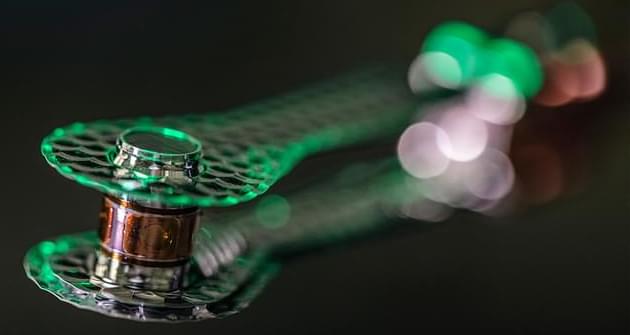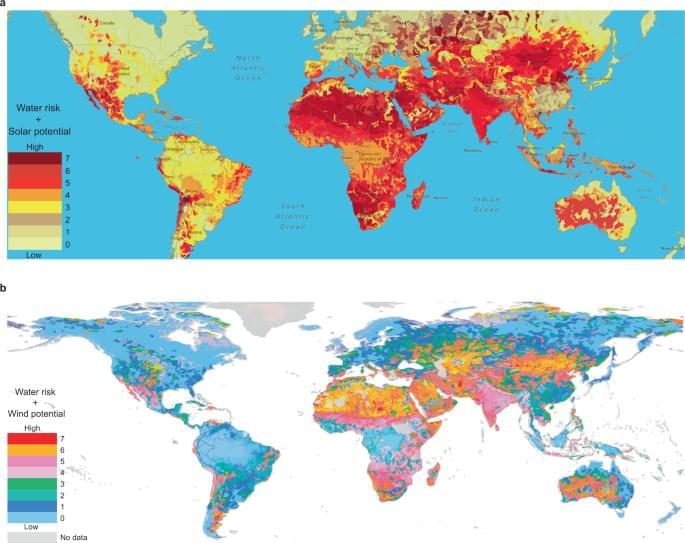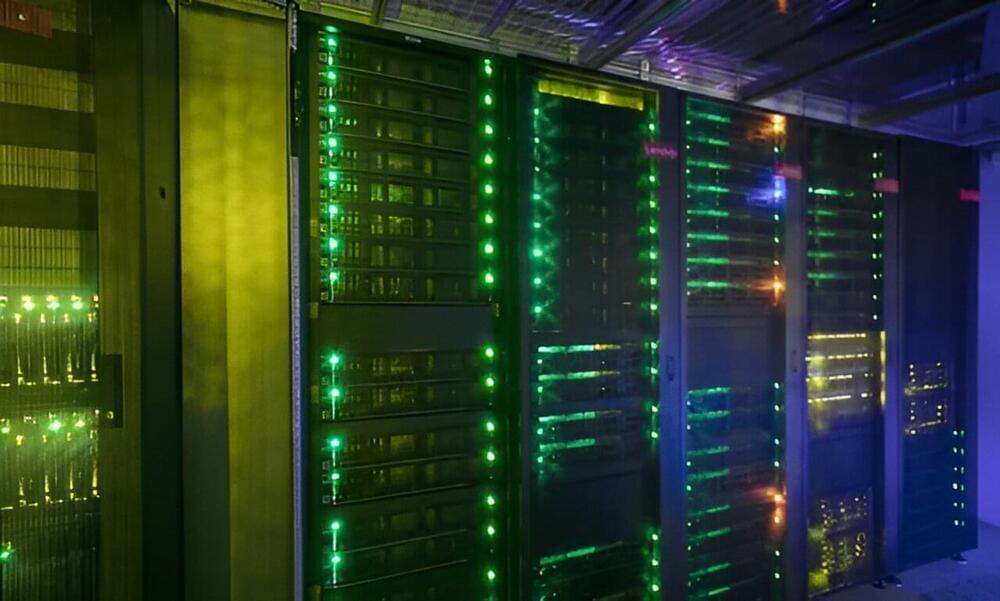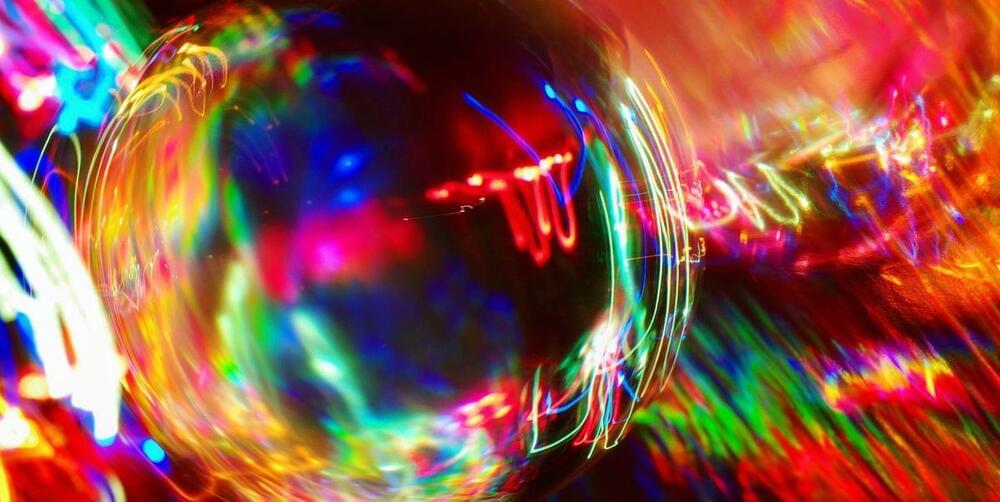In inertial confinement fusion experiments, lasers at Lawrence Livermore National Laboratory’s National Ignition Facility focus on a tiny fuel capsule suspended inside a cylindrical x-ray oven called a hohlraum. (Photo: Jason Laurea)


“The technological focus is on significant increases in range through advances in energy density and the reduction of charging times,” Mercedes explained, noting that the partnership cements a reliable EV battery cell supply chain while providing financial support for Farasis to build a factory in Germany.
How Sustainable Is A Million-Mile EV Battery?
As of 2020, the plan also included constructing another EV battery plant in the US. A map on the company’s website indicates somewhere in the US Southeast along the Gulf of Mexico, which is not a shocker to those following the rise of the electric vehicle industry in politically conservative states.
Fans of perovskite solar cell technology have been promising the moon, and stakeholders are increasingly confident that it will deliver. Among them is Toyota, which has just tapped its Woven Capital branch to put down a 5.5 billion yen stake in the perovskite solar startup EneCoat Technologies. If you’re thinking the solar-powered electric car of the future is coming, that’s a good guess, because EneCoat lists mobility applications among its areas of focus.
New Solar Cells For The Solar Car Of The Future
The idea of pasting solar cells on an electric vehicle seems reasonable enough. The surface area is relatively small, but a typical car can spend many hours outside, baking in the sun. The advantage would be less reliance on EV charging stations, and more use of free energy from the sun.


An initiative that sounds a lot like Jules Verne’s Journey to the Center of the Earth might mark the first time humans have tapped into magma, the molten rock liquid flowing beneath Earth’s crust. In 2026, Iceland’s Krafla Magma Testbed (KMT) project will drill into a volcano’s magma chamber, seeking to tap into its super-hot fumes to generate geothermal energy at a scale that has never been attempted before.
The endeavor promises to power homes across Iceland with a renewable, limitless energy source. And no, this won’t cause the currently active Krafla volcano to erupt, according to John Eichelberger, a volcanologist at the University of Alaska Fairbanks interviewed by New Scientist.
Geothermal energy, a technology harnessed by Iceland for years, involves drilling into hot underground regions to produce steam from heated water. This steam drives turbines, generating electricity. Today, at least 90% of all homes in Iceland are heated with geothermal energy and 70% of all energy used in the island nation comes from geothermal sources.

To most people, the sun is a steady, never-changing source of heat and light. But to scientists, it’s a dynamic star, constantly in flux, sending energy out into space. Experts say the sun is now in its most active period in two decades, causing potential disruptions to radio and satellite communications. John Yang speaks with Bill Murtagh of NOAA’s Space Weather Prediction Center to learn more.
Notice: Transcripts are machine and human generated and lightly edited for accuracy. They may contain errors.

Working together, the University of Innsbruck and the spin-off AQT have integrated a quantum computer into a high-performance computing (HPC) environment for the first time in Austria. This hybrid infrastructure of supercomputer and quantum computer can now be used to solve complex problems in various fields such as chemistry, materials science or optimization.
Demand for computing power is constantly increasing and the consumption of resources to support these calculations is growing. Processor clock speeds in conventional computers, typically a few GHz, appear to have reached their limit.
Performance improvements over the last 10 years have focused primarily on the parallelization of tasks using multi-core systems, which are operated in HPC centers as fast networked multi-node computing clusters. However, computing power only increases approximately linearly with the number of nodes.

“Significant effort has been invested over the years to pinpoint the physical cause of the radiation drive-deficit problem,” Chen said. “We are excited about this discovery as it helps resolve a decade-long puzzle in ICF research. Our findings point the way to an improvement in the predictive capabilities of simulations, which is crucial for the success of future fusion experiments.”
In NIF experiments, scientists use a device called a hohlraum—approximately the size of a pencil eraser—to convert laser energy into X-rays, which then compress a fuel capsule to achieve fusion.
For years, there has been a problem where the predicted X-ray energy (drive) was higher than what was measured in experiments. This results in the time of peak neutron production, or “bangtime,” occurring roughly 400 picoseconds too early in simulations. This discrepancy is known as the “drive-deficit” because modelers had to artificially reduce the laser drive in the simulations to match observed bangtime.


A dissipative time crystal is a phase of matter characterized by periodic oscillations over time, while a system is dissipating energy. In contrast with conventional time crystals, which can also occur in closed systems with no energy loss, dissipative time crystals are observed in open systems with energy freely flowing in and out of them.